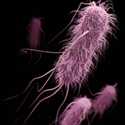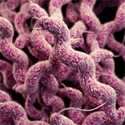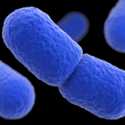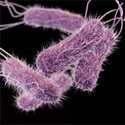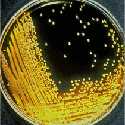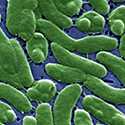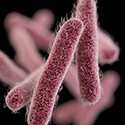Fast Facts about PulseNet
On This Page
PulseNet Basics
PulseNet uses DNA fingerprinting of the bacteria that are making people sick to detect outbreaks. PulseNet has detected thousands of local and multi-state outbreaks since it began in 1996. As a result of PulseNet, we have been able to prevent foodborne outbreaks and continuously improve our food safety systems – changes that might not otherwise have occurred. PulseNet International performs a similar role for foodborne illnesses that occur around the world.
Quick Stats
- PulseNet USA is made up of 83 federal, regional, state, and local laboratories divided into seven regions. There is at least one PulseNet laboratory in every state.
- By the end of 2016, PulseNet expects to have more than 1 million DNA fingerprints in the various national databases.
- The largest national database is Salmonella, which contained more than 500,000 entries as of 2015.
- In 2015, participating laboratories analyzed and reported more than 89,000 patterns to the PulseNet national databases.
- More than 10,000 entries were from non-human sources, such as food, animals, or the environment.
- Each year in the United States, around 1,500 clusters of disease are identified by state and local health agencies, and approximately 30 multistate or national outbreaks are identified.
- On average, PulseNet Central at CDC follows 280 clusters of foodborne disease each year.
Impact
- More than 1 billion pounds of contaminated food have been recalled—saving lives, time, and money—thanks to PulseNet!
- Outbreak investigations triggered by PulseNet have led to safer production practices for the following foods:
- Beef
- Eggs
- Flour
- Leafy greens
- Cantaloupe
- Other vegetables
- Peanut products
- Poultry
- Ready-to-eat and ready-to-cook foods
- Spices
- Sprouts
- Tree nuts
Pathogens Covered
PulseNet detects subtypes of:
*Clostridium botulinum is considered a select agent and, as such, follows different handling procedures than other pathogens covered by PulseNet.
- Page last reviewed: February 16, 2016
- Page last updated: February 16, 2016
- Content source:


 ShareCompartir
ShareCompartir
